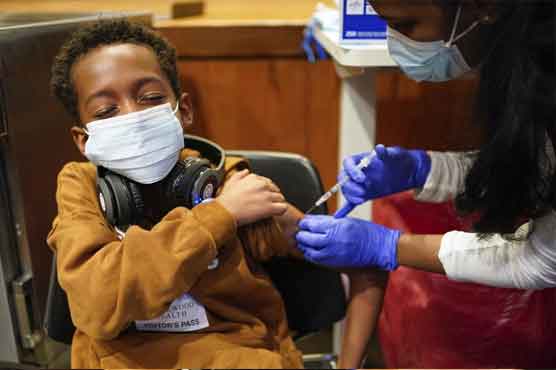Racial disparities in kids' vaccinations are hard to track

Racial disparities in kids' vaccinations are hard to track
(AP) - The rollout of COVID-19 shots for elementary-age children has exposed another blind spot in the nation’s efforts to address pandemic inequalities: Health systems have released little data on the racial breakdown of youth vaccinations, and community leaders fear that Black and Latino kids are falling behind.
Only a handful of states have made public data on COVID-19 vaccinations by race and age, and the federal Centers for Disease Control and Prevention does not compile racial breakdowns either.
Despite the lack of hard data, public health officials and medical professionals are mindful of disparities and have been reaching out to communities of color to overcome vaccine hesitancy. That includes going into schools, messaging in other languages, deploying mobile vaccine units and emphasizing to skeptical parents that the shots are safe and powerfully effective.
Public health leaders believe racial gaps are driven by work and transportation barriers, as well as lingering reluctance and information gaps. Parents who do not have transportation will have a harder time getting their children to and from appointments. Those who do not have flexible work schedules or paid family leave may delay vaccinating their kids because they will not be able to stay home if the children have to miss school with minor side effects.
In the few places that do report child COVID-19 vaccines by race, the breakdowns vary.
In Michigan, Connecticut and Washington, D.C., white children got vaccinated at much higher rates than their Black counterparts. But in New York City, white children between 13 and 17 are vaccinated at lower rates than Black, Latino and Asian kids.


